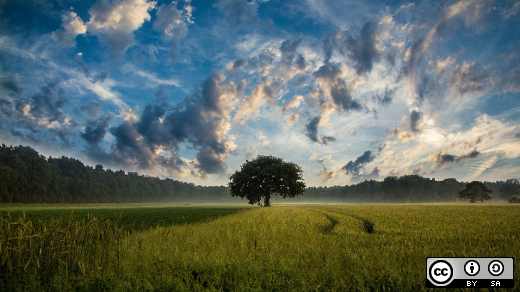The Cadasta Foundation creates tech to allow communities to document their land rights. By helping groups document the evidence of their individual and community rights to the land on which they depend, they can eventually obtain legal recognition of their land rights, and in the meantime, enjoy greater security.
We are motivated by the fact that most of the world does not have documented legal rights to the land on which they live. Technology is only a small part of this larger social issue, but our hope is that tech tools can be part of the solution even in the most remote and low-tech environments.
The magnitude of property rights
Many of us who come from the global north probably take our rights to our land, property, and home for granted. We have titles, deeds, and rental agreements that document and solidly protect our rights.
But one-third of the people on the planet, from urban shanty towns to forest-dwelling indigenous communities, do not have documented rights to the land on which they rely. In fact, an estimated 70% of the property in emerging economies is undocumented. An estimated 25% of the world’s urban population live in homes to which they have no legal right. A majority of smallholder farmers around the world farm without the protection of having legal rights to their land documented by government records.
This is simply because government land and property records in many areas of the world either were never created or are out of date. For example, most rural land records in the state of Telangana, India haven't been updated since the 1940s. In other areas, such as parts of sub-Saharan Africa, there were never any records of land ownership to begin with—people simply farm the land their parents farmed, generation after generation.
Consider for a moment working land to which you have no secure rights. Would you invest your savings or labor in improving the land, including applying good quality seeds and fertilizer, with the knowledge that you could be displaced any day by a more powerful neighbor or investor? Imagine living in a home that could be bulldozed or usurped by an official any day. Or how could you sell your house, or use it for collateral for a loan, if you don’t have any proof that you own it?
For a majority of the world's population, these are not rhetorical questions. These are daily realities.
How open source matters for land
Technology is only one part of the solution, but at Cadasta we believe it is a key component. While many governments had modern technology systems put in place to manage land records, often these were expensive to maintain, required highly trained staff, were not transparent, and were otherwise too complicated. Many of these systems, created at great expense by donor governments, are already outdated and no longer accurately reflect existing land and property rights.
By building open and user-friendly technology for land rights documentation we aim to overcome these problems and create land documentation systems that are flexible and accessible, allowing them to be treated as living documents that are updated continually.
We routinely train people who have never even used a smartphone before to use our technology to document their land rights in a single afternoon. The resulting data, hosted on an open source platform, is easy to access, update, and analyze. This flexibility means that governments in developing countries, should they adopt our platform, don't need to hire specially trained staff to manage the upkeep of these records.
We also believe that by contributing to and fostering open communities we can benefit more people, instead of attempting to develop all the technology ourselves. We do this by building a community around our tools as well as contributing to other existing software.
Over the past two years we've contributed and been involved in OpenStreetMap through the Missing Maps Project, used OpenDataKit extensively for data collection, and currently are integrating Field Papers with our system. Field Papers is technology that allows users to print paper maps, annotate those maps with pen, and then take a picture of those annotations with their phone and upload them to be transcribed.
We've also released a few Django libraries we hope will be useful to others in other Django applications. These include a policy-based permission system called django-tutelary and django-jsonattrs, which provides JavaScript Object Notification (JSON)-based attribute management for PostgresSQL. If others use these pieces and contribute bug reports and patches, this can help make Cadasta's work stronger.
This work is critically important. Land rights are the foundation of stability and prosperity. Communities and countries seeking economic growth and sustainable development must document land rights and ensure land rights are secure for women, men, and communities.
Learn more in Kate Chapman's talk at linux.conf.au 2017 (#lca2017) in Hobart: Land Matters: Creating Open Technology for Land Rights.







Comments are closed.